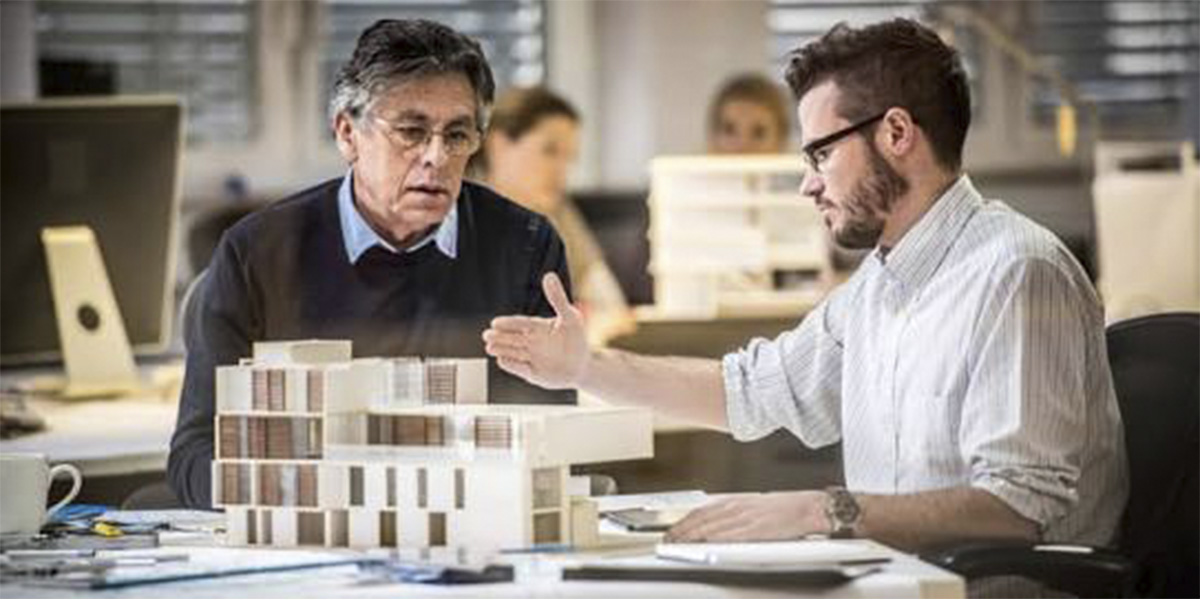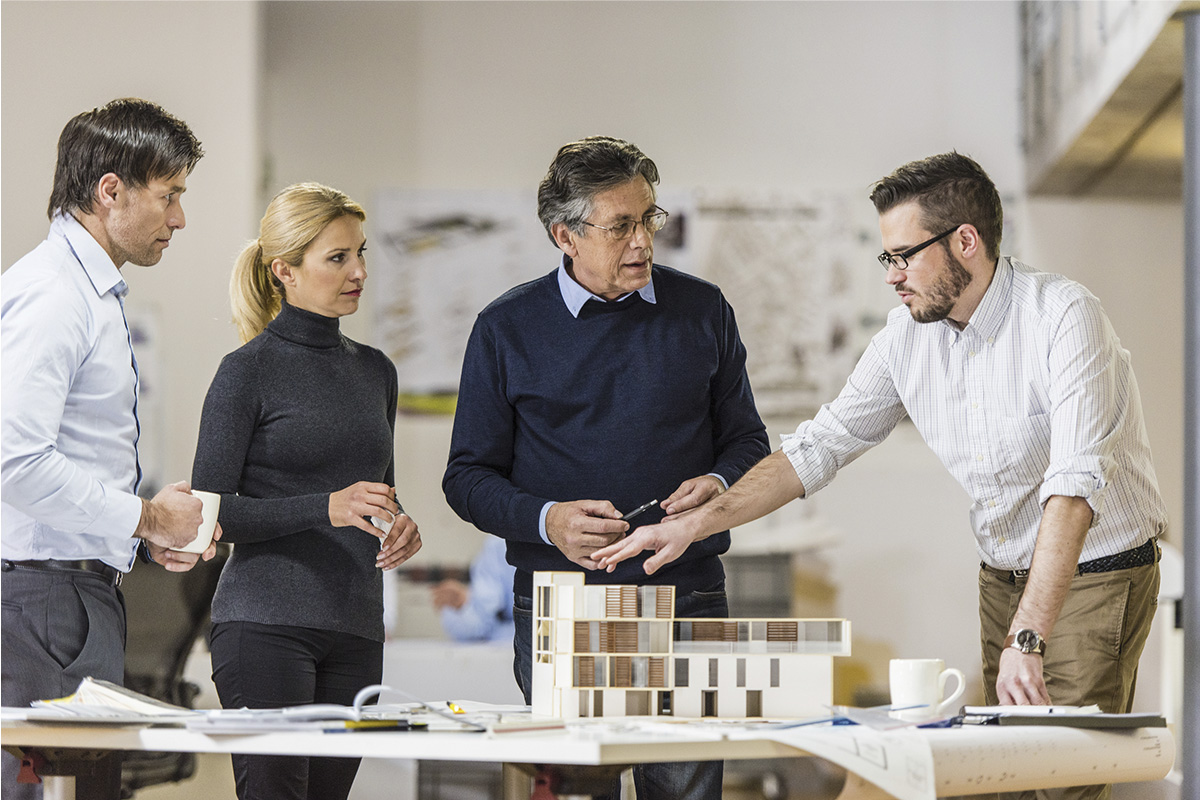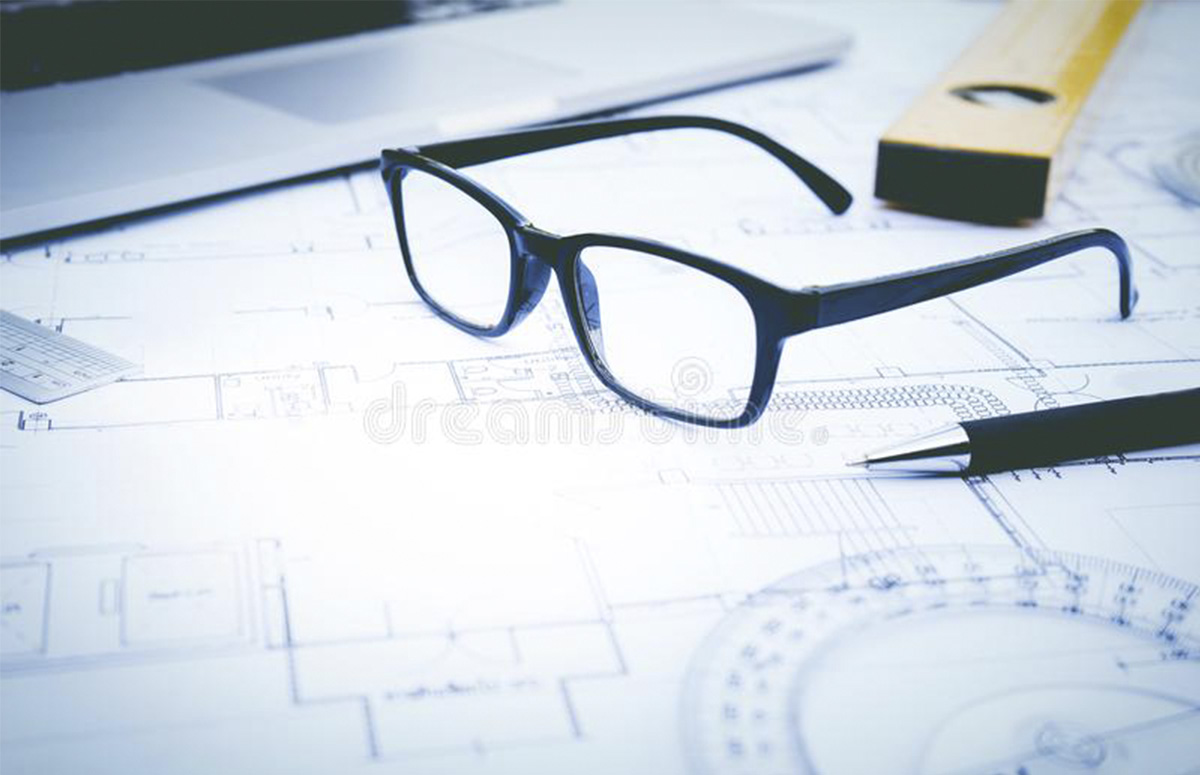In a previous Archi-TEXT, it was discussed how to find the right architect for your project. But that is just the first step in your design journey. Now the fun part begins: how to choose a design and guide it.
Your architect will be tasked with managing space and layout, code conformance, structural design and construction detailing but as the owner you have control of four critical components of the project: program, aesthetic direction, budget, and schedule, which will each be examined independently.

The start of every project begins with a program, which is the purpose for building the new structure or reason to undertake a renovation. What spaces will be needed and how large should each space be? What connections and adjacencies between the spaces is required? Is there any way to combine spaces and use them for multiple purposes? What elements of the program are essential, which are important and which are optional? Cost to build is often a direct extension of the program and so the more restrained you are able to keep the program, the lower the construction cost will be. But be careful to think long term so that your program includes both what you need immediately but also what you may need in the future if another construction project will be impractical or expensive to do late.
The thing everyone believes to be at the center of design is setting an aesthetic direction for the project and this is indeed a very important part of the process. From the moment you begin to contemplate undertaking a building or renovation project, start a collection of images you particularly like (or especially hate) so that you can communicate complicated ideas to your architect or designer more easily. It is true that a picture is worth a thousand words. Will your project look to blend into its surroundings or stand out from them? Do you want the new design to look traditional, modern, or somewhere in between those two extremes? Always remember that you are unlikely to be the last owner of any house or building. How will your aesthetic choices affect the ultimate value of your property? There are now wonderful digital sites like Pinterest and Houzz to collect and share your design images with your architect.

The next thing you must decide as the owner of the project is how soon you need the new or renovated building to be completed. The shorter the desired time frame, the more expensive the construction is likely to be and the more challenging it will be to anticipate all the potential options, opportunities and conflicts that the construction project may offer. Sometimes schedule is the most important factor in the project and sometimes it is the least, and you must decide and communicate your thought on this issue to your architect so that it can be factored into the design and anticipated construction schedule.
In a construction project the budget is often a product of the three previous owners directed components of the project: program, aesthetic objectives, and schedule. You should have established a ballpark estimate of what you want to spend on the project early on so that your architect can try to tailor the design to fit that number. Remember that construction is expensive but, unlike the most commodity items we purchase like cars and electronics, the value of construction tends to go up over time, especially if the design is timeless and does not fail in quality or become dated in design. The more you are able to invest in your project (within limits of course) the more valuable your home or building will tend to become. Set a budget but be ready to be somewhat flexible with it or be ready to cut out elements of the program if budget is the primary limitation of the project.
The next thing is to trust your architect. They have 5-7 years of architectural education, a minimum of 3 years of internship, have passed 7 difficult exams and hopefully have many years of practical experience. These are the reasons that you hired them, so trust their ideas and judgement.

Participating in the design process can be a very enjoyable and satisfying undertaking for many clients. Watching the process evolve from concept sketches to hardline drawings to construction documents and then eventually to actually physical buildings and materials is like watching a child grow or a garden blossom and touches a part of what being a human is all about.
The more you prepare to be a helpful and integral part of the design team by collecting your information in advance, choosing a strong architect to assist you and working with them to create a design that will meet your needs and the needs of the people who will use the building you are having designed and built the better the result will be! Good luck, have fun, and create a building that is worthy of the effort and investment!
Looking to remodel your home? Let’s connect.
Join the Architectural Forum to stay up-to-date with architectural news from Rhode Island and abroad.
